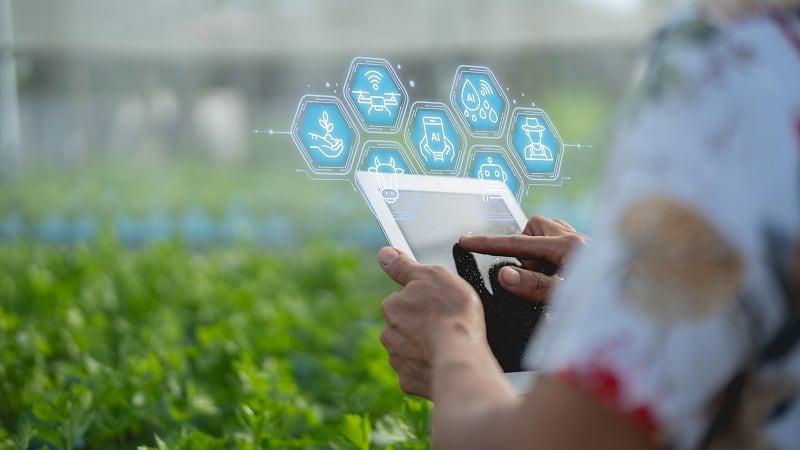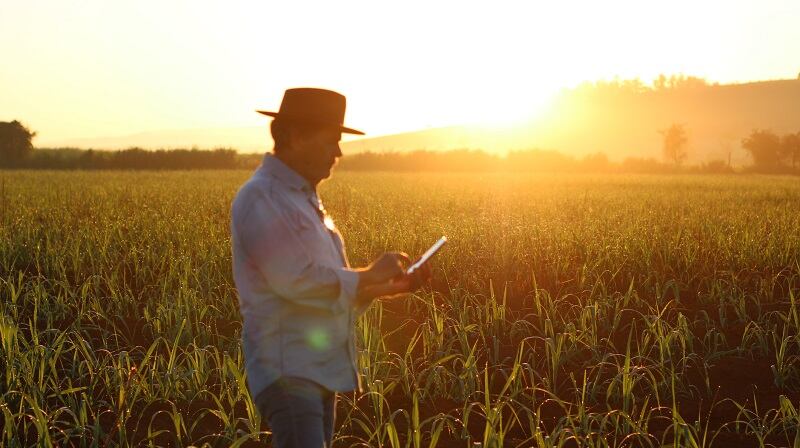Agtech adoption is not just about connecting farmers and tech companies. It is also about ensuring farmers have the infrastructure in place — including proper internet connectivity — so they can take full advantage of the latest advancements in agtech.
Over the years, satellite-based communications services became a go-to option for growers seeking internet connectivity, including in rural communities, since “cellular is never going to cover everywhere,” Eric Verheylewegen, VP strategic initiatives enterprise and land mobile, told AgTechNavigator.
The need for connectivity could not be higher as various Internet of Things (IoT) devices — including weather sensors, soil monitoring devices, and equipment and livestock monitoring products — and agricultural machinery require internet connectivity to communicate with the cloud, he added.
“For many years now, we have been enabling farmers to be more efficient. And as the technology evolves, the machinery evolves. ... All of that is great, but connectivity is the key,” Verheylewegen explained.
He added, “If you want AI to analyze something, you need to get that data to the AI. If you want people to make decisions, you need to get the data to these people. If you want to be able to feed an automated planter or anything that we are starting to see in full automation in the field, you need to have command control.”
Viasat rounds out service portfolio with IoT Nano
Through a partnership with ORBCOMM, Viasat expanded its portfolio of connectivity offerings with IoT Nano last month, a service designed for low-data, low-power IoT devices, Verheylewegen explained. The communications company also offers plans, like IoT Select, IoT Pro, and IoT VSAT, allowing connectivity for higher data needs, he said.
For instance, an Australian rancher with 50,000-plus heads of cattle on 150-200 miles of land is using IoT Nano to track cattle in real-time and ensure that they have enough water, preventing the need for costly helicopter flyovers to ensure the proper field conditions, he added.
“Before [the rancher] had to literally have a couple of helicopters on standby and fly to each water point to ensure that the trough where the animals drink was clear and worked and was full ... and then, if needed, they would turn on the pump. And they had pipelines that sometimes were dozens of miles to the nearest water source,” Verheylewegen elaborated.
He added, “They spent a vast amount of money and time simply ensuring that their ... water points had water at any time. With IoT Nano, everything is now automated.”




